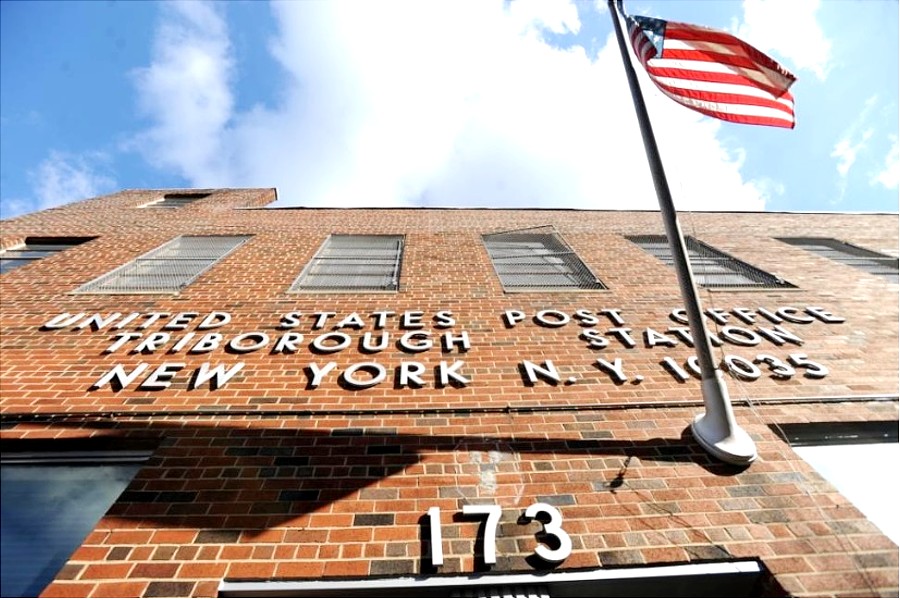 While recent studies have explored the benefits of cultivating green spaces, particularly in urban areas, a new U.K.-based study revealed how creating community gardens in cities can promote healthy eating.
While recent studies have explored the benefits of cultivating green spaces, particularly in urban areas, a new U.K.-based study revealed how creating community gardens in cities can promote healthy eating.
The researchers found that planting fruits and vegetables in urban green spaces would be a tangible way to help residents make healthier choices. Though the study focuses on locales in the United Kingdom, the findings could certainly be applicable to similar spaces in the U.S.
“At the moment, the U.K. is utterly dependent on complex international supply chains for the vast majority of our fruit and half of our veg — but our research suggests there is more than enough space to grow what we need on our doorsteps,” said researcher Dr. Jill Edmondson. “Even farming a small percentage of available land could transform the health of urban populations, enhance a city’s environment, and help build a more resilient food system.”
Sustainable green spaces
The researchers focused on the city of Sheffield for the study, exploring how more plant-based gardens in green spaces could help residents eat healthier. They used two primary measures to determine the green spaces throughout the city — Google Earth and the Ordnance Survey, a mapping agency in the U.K.
Their work revealed that 45 percent of Sheffield is comprised of green space, and there are countless opportunities to turn those spaces into community gardens that would benefit consumers’ reports Consumer Affairs.
The researchers learned that planting fruits and vegetables in just 10 percent of that available space would give 15 percent of the population — nearly 90,000 people — their recommended five servings of fruits and vegetables per day.
As Dr. Edmondson explained, this project would create a constant influx of fruits and vegetables into the city, minimizing the need for imported deliveries. It would also make healthier options more accessible for consumers.
While the researchers admit that a lot of legislative work would be needed to pull this off, they believe that the benefits for consumers’ health are clear.
“It will take a significant cultural and social change to achieve the enormous growing potential of our cities — and it’s crucial that authorities work closely with communities to find the right balance between green space and horticulture,” said researcher Duncan Cameron. “But with careful management of green spaces and the use of technology to create distribution networks, we could see the rise of ‘smart food cities,’ where local growers can support their communities with fresh, sustainable food.”
Become a Harlem Insider!
By submitting this form, you are consenting to receive marketing emails from: Harlem World Magazine, 2521 1/2 west 42nd street, Los Angeles, CA, 90008, https://www.harlemworldmagazine.com. You can revoke your consent to receive emails at any time by using the SafeUnsubscribe® link, found at the bottom of every email. Emails are serviced by Constant Contact








